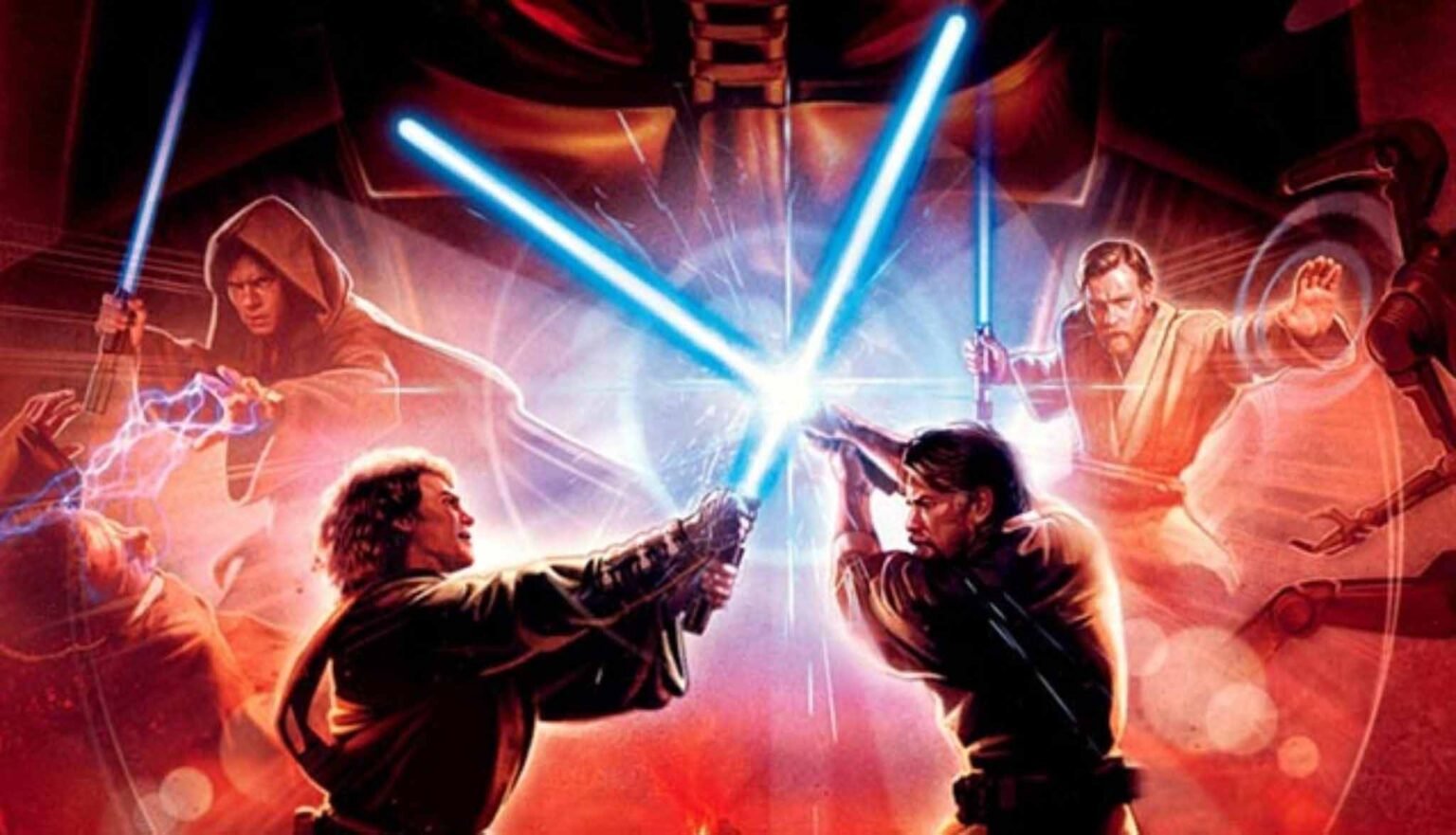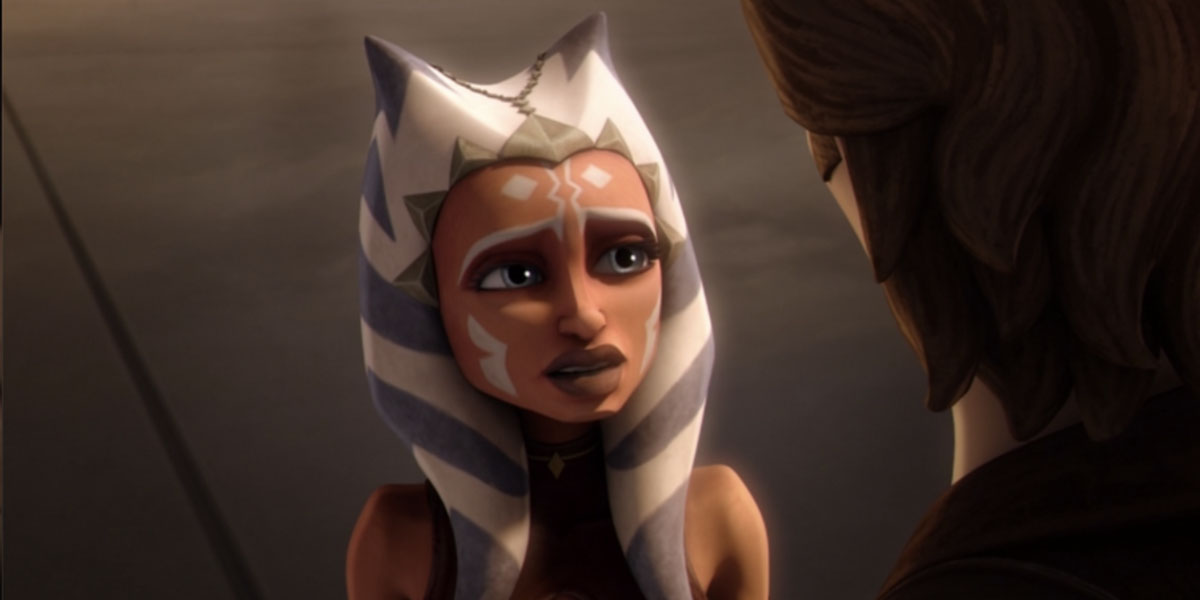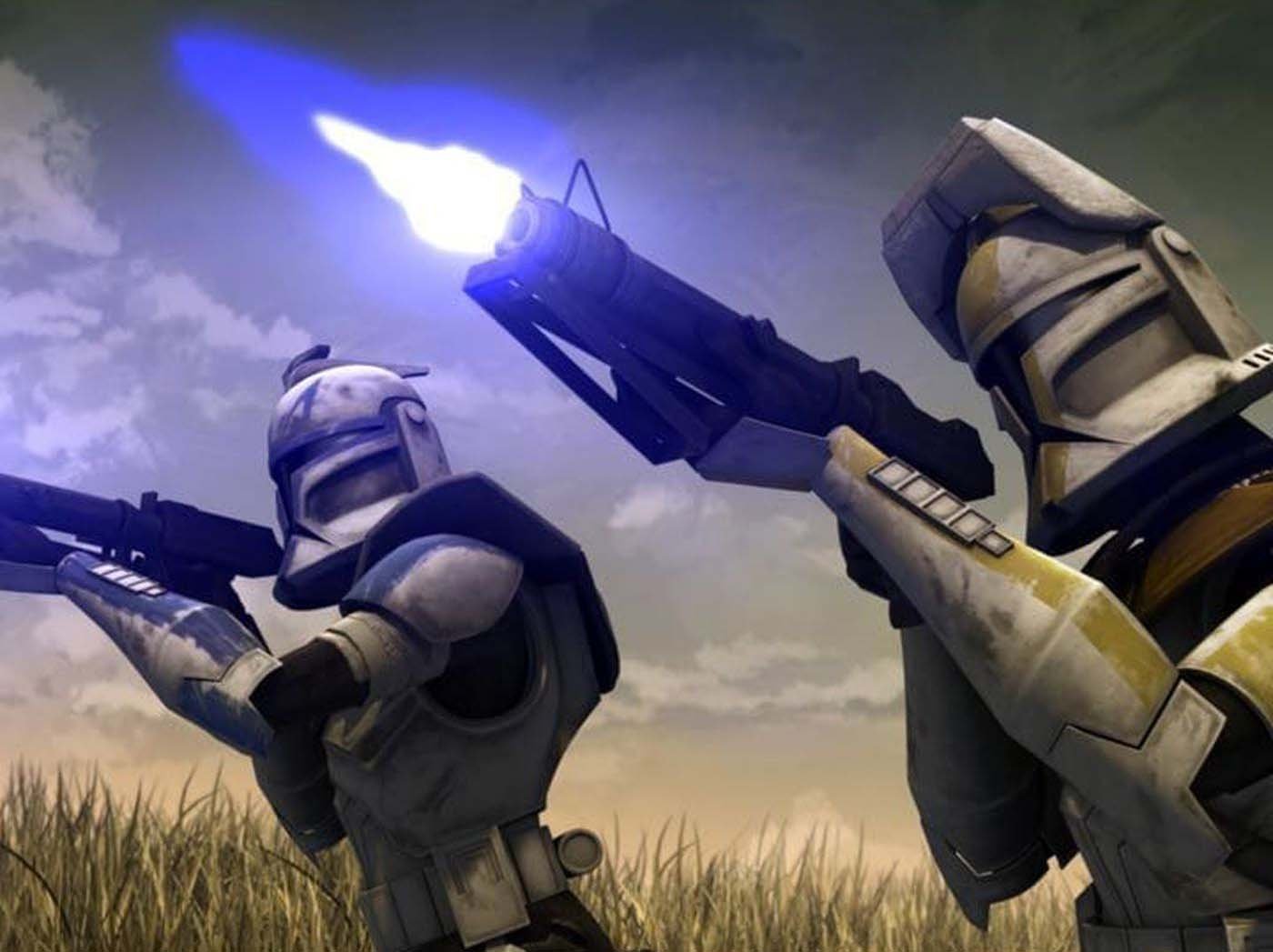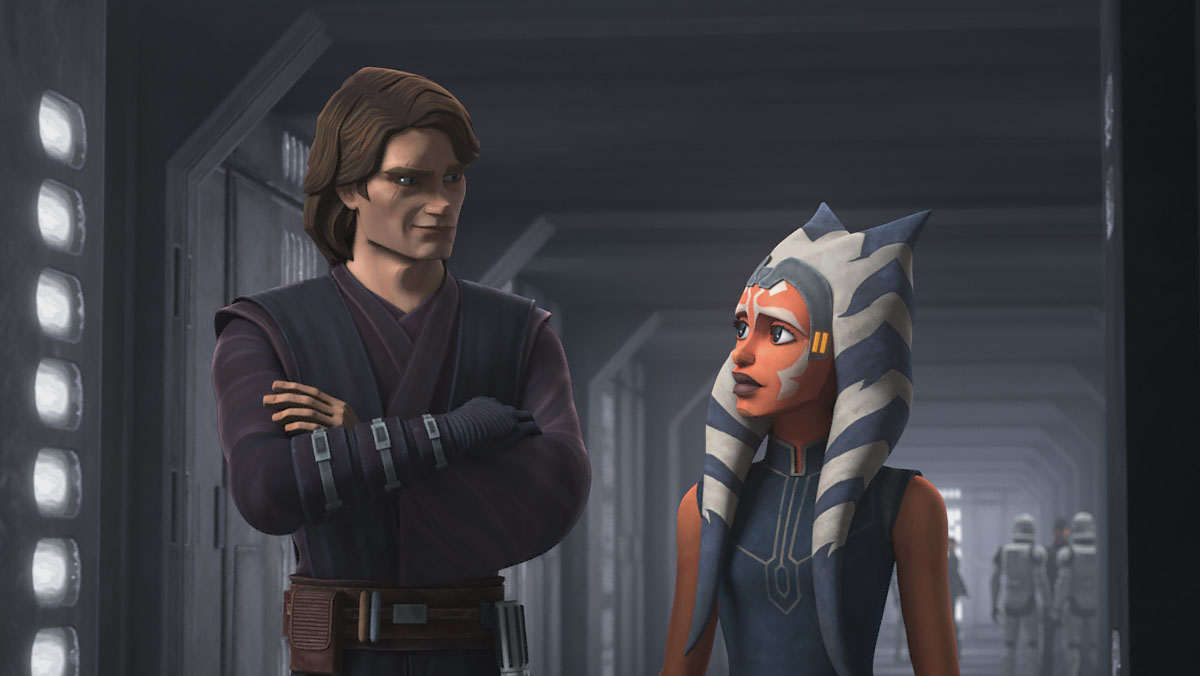
‘Star Wars: Revenge of the Sith’: How it’s changed by ‘The Clone Wars’
In retrospect, the Star Wars prequels weren’t well received at the box office. Today, the hallmark of a true Star Wars fan is a strong opinion on this trilogy, either loving or hating it. Some fans still relive the prequels, citing Jar Jar Binks and wooden acting. Others see the films as brilliantly flawed with thought-provoking logic.
Novelizations and comics expanded on the prequels. Most famously, Star Wars lore alluded to in movies like Revenge of the Sith developed fully in the Cartoon Network series The Clone Wars. Following Anakin, his mentor Obi-Wan, and his padawan Ahsoka Tano, the series richly develops the characters and story.
While the series could be hit or miss (the D Squad arc was terrible!), it re-shaped Star Wars into something more palatable for prequels haters. It added extra things to love for prequels fans. It also changed some elements of the films, specifically Revenge of the Sith. Here is how Clone Wars retconned established points in the prequels.

The clones are indispensable
In the final episode of The Clone Wars, Ahsoka tries to minimize casualties to the same clones who are trying to kill her. In Revenge of the Sith, Yoda and Obi-Wan have no qualms about cutting down the very same clones they served with during battle. We understand both their positions because of the show and film’s different take on clones.
The Clone Wars shows a stark contrast between clones in the show and clones in the films. Revenge of the Sith barely pays attention to clones and they’re shown in previous movies as pawns. The droids in the prequels have more character!

Are the Jedi really good?
In The Clone Wars, we grow to love clones like Rex, Cody, Fives, and Echo. The Bad Batch arc humanized the clones for audiences, giving them motivations, and feelings that leave us cheering or crying. In Revenge of the Sith, they’re lightsaber fodder for Obi-Wan and Yoda, so we wonder if the Jedi really care about life as much as they say.
To be fair, The Clone Wars explains the dissonance between the show and Revenge of the Sith. Jedi feelings towards the clones vary in the show – the Umbara arc shows how nastily Jedi can treat the clones – and mainly shows that Anakin is an exception. He treats the clones with humanity when the rest of the Jedi see them as tools.

Earned vs. given
When Anakin falls to the Dark Side in Revenge of the Sith, it’s shown to be petty. Anakin gripes that he’s not granted the rank of Jedi Master when we never see him earn it. The Clone Wars gives us more information about Anakin’s heroism, showing him win multiple battles, so we’re more sympathetic if we re-watch the films.

Setup for Disney properties
The final season of The Clone Wars came out after Disney bought the franchise. Naturally, the final season set up events that would happen in Disney’s new Star Wars canon. Examples include the Pike syndicate that appears in Solo: A Star Wars Story and Maul, Rex, and Ahsoka’s escape, major plot points that set up Star Wars: Rebels.

Anakin’s relationships
In Revenge of the Sith, the lack of feeling from Anakin’s relationships annoyed us. Even before he falls to the Dark Side, his relationship with Padme is so cartoonishly sappy, we cried foul. His bond with his mentor Obi-Wan feels more like watching a parent wrangle a spoiled child in a grocery store than a close friendship. The Clone Wars changes that.
The Clone Wars keeps some of the angsty tiffs in Anakin and Obi-Wan’s bond but humanizes them with action. Obi-Wan and Anakin grow stronger because they face adversity together. The audience sees them in action together rather than in Revenge of the Sith, where we hear about it secondhand.
Similarly, the relationship between Anakin and Padme is more fleshed out in Clone Wars. They’re written like a normal couple – they have their fights and disagreements, but the history between them is built up. Revenge of the Sith presents this couple as a fairy tale. Their love is so over-the-top, but there’s nothing but dialogue to show for it.

The people vs. the Jedi
An issue we took with the prequels is that they didn’t show how the war affected the rest of the galaxy. We were told in dialogue in Revenge of the Sith (and via boring senate meetings), but that’s not the same thing. In Clone Wars, a few episodes revolved around food, water, and energy sources and showed the impact on galactic citizens.
The Clone Wars features episodes about struggling families, clone deserters, and protestors believing the Jedi started the war for selfish reasons. The only thing we liked about the spice arc in the last season was the collateral damage it showed. In Revenge of the Sith, people lost their lives and no one seemed to care.

Ahsoka and Anakin
In the final season of Clone Wars, Anakin helps Ahsoka & the Mandalorians by lending her a clone army & new lightsabers. Even though she left the Jedi Order after being wrongly accused of terrorism, Anakin still cares about her and helps her. His action is in contrast to his petulant, selfish behavior in Revenge of the Sith.
—
In retrospect, if you’re going to re-watch Star Wars, we recommend watching The Clone Wars between Attack of the Clones and Revenge of the Sith. It could make the prequels more understandable.



